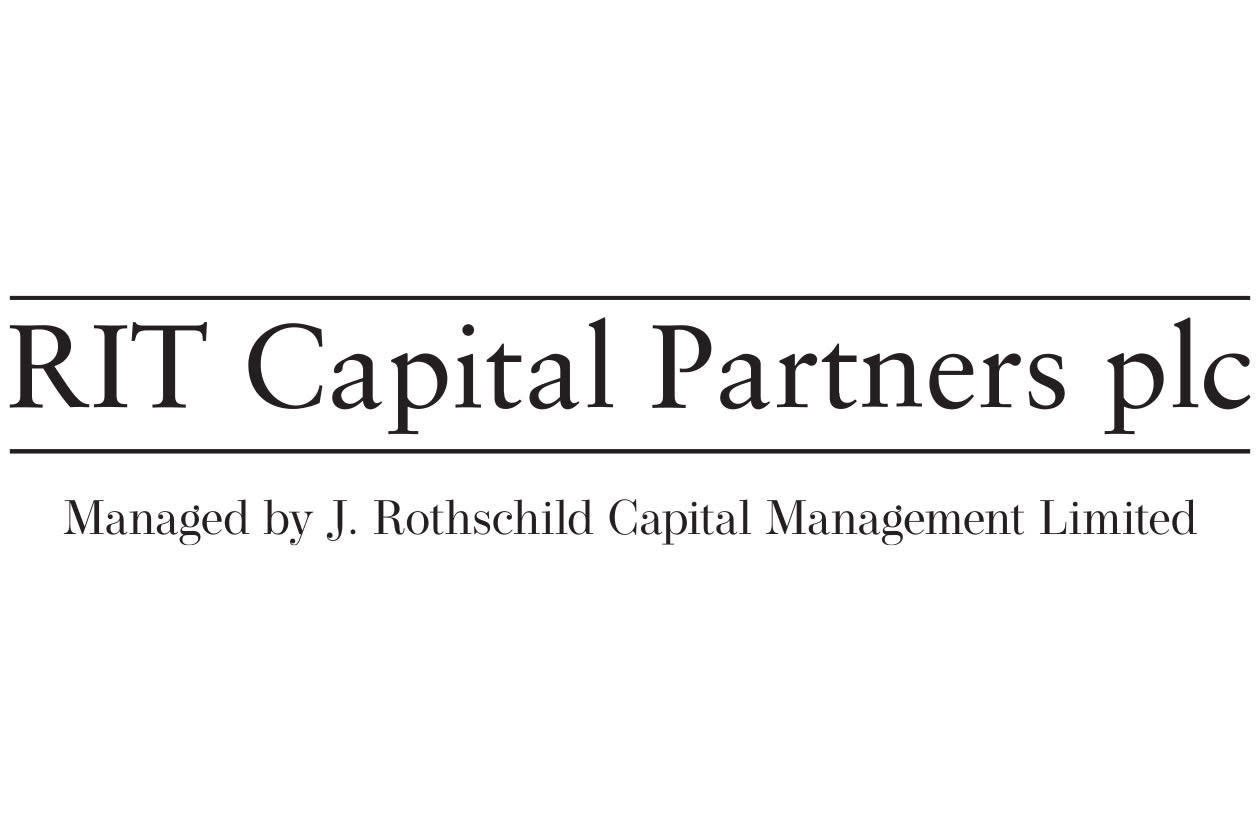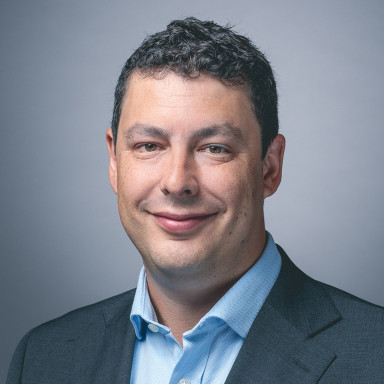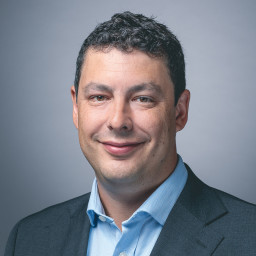The trust is widely diversified and invests across a range of different asset classes in private and public markets
The trust’s managers aim to capture some market rises and offer some shelter to investors' capital when markets fall
The trust has provided attractive levels of growth over the long term, although past performance is not a guide to the future
How it fits in a portfolio
RIT Capital Partners aims to deliver long-term growth, while offering some shelter to investors' capital when stock markets are weaker. The trust's managers do this by investing in a range of assets, such as individual company shares, private investments, share and bond funds, real assets, including property and gold, currencies, and absolute return funds.
The trust could be an option for a diversified approach to long-term growth or provide exposure to areas of the market that are difficult to access for retail investors.
Investors in closed-ended funds should be aware the trust can trade at a discount or premium to Net Asset Value (NAV).
Manager
RIT Capital Partners launched in 1988 and is managed by J. Rothschild Capital Management (JRCM), making it one of the few self-managed trusts in the sector. It’s made up of two committees and an experienced investment department to ensure everything runs as efficiently as possible.
JRCM's executive committee, led by CEO Maggie Fanari, is responsible for looking after the day-to-day management of the trust. Fanari was previously Senior Managing Director and Global Group Head High Conviction Equities at the Ontario Teachers’ Pension Plan.
The investment committee work closely with the broader investment team who source opportunities for the trust and generate recommendations for potential investments. They meet on a weekly basis to discuss the suitability of the recommendations and make final decisions on what the trust invests in and its overall risk profile.
Nick Khuu, Chief Investment Officer, is a member on both committees and joined J. Rothschild Capital Management in 2020. He was previously Managing Director at Adi Capital Management as well as prior roles at Knighthead Capital Management and Dune Capital Management. Khuu can call upon the support of the in-house investment department for ideas, challenge or analysis, but can also use external investment managers to take charge of part of the portfolio and invest on the trust's behalf.
There has been a significant amount of change to the leadership team at JRCM relatively recently. While some of the individuals who are in new roles have worked at the company for a number of years, the departure of the previous CEO and CIO in such a short space of time will likely have caused disruption. The new team is committed to running the trust in the same way as their predecessors and as Fanari has been a non-executive director on the Board of RIT Capital Partners since April 2019, we don’t expect there to be any significant change of approach.
Process
The investment team use a three-pillar framework to manage the trust. This approach helps the team to ensure there remains plenty of diversification, while giving investors a clear framework of where they can expect their money to be put to work.
The first pillar is ‘Quoted Equities’, which are shares traded on the stock market. The amount invested in this pillar is expected to be between 30-60% of the trust over time. It’ll change depending on the economic picture. This pillar is made up of directly owned shares that the team think have long-term growth prospects, as well as some investment funds for certain areas of the global stock market which require particular expertise. Examples of the areas where the team make use of investment funds are the Japanese and Chinese stock markets, where they believe local knowledge can be very beneficial to long-term returns.
The second pillar is ‘Private Investments’, which are investments that aren’t traded on the stock market. Similarly to the ‘Quoted Equities’ pillar, the team invest in some private assets directly and others through investment funds managed by specialists. These investments tend to be more difficult to buy and sell than listed shares, making them higher risk. It’s expected that 20-40% of the trust will be invested in these assets going forward.
The third pillar is ‘Uncorrelated Strategies’. This is made up of investments that the team think will perform differently to shares and hopefully offer some shelter during periods of stock market falls. Again, the team invest in some things directly and make use of specialist external fund managers. It’s expected that this part of the trust will make up 20-40% over time.
The ranges for these pillars are quite broad, which gives the managers plenty of scope to alter how the trust is invested to reflect their views of the global economic and market outlook.
At the end of December 2024, there was 46% allocated to the Quoted Equities pillar, with 24% invested in shares directly and 22% in funds. This is an increase compared to the amount invested in this pillar at the end of 2023, where the total was 38%, split 13% in direct shares and 25% in funds.
The amount invested in the Private Investments pillar fell over 2024, having started the year at 36% and ended it at 33%. The trust had 10% invested directly and 23% invested via funds at the end of 2024. The fall in the amount invested in this pillar was expected following comments from the chair of the board that there was a plan to bring down the amount invested in Private Investments to 25-33% of the trust within two years. It’s positive that the team have been able to achieve this target within 12 months and it’s expected that the amount invested in this pillar will continue to fall from here.
In the final pillar, Uncorrelated Strategies, the trust had 24% invested at the end of 2024. This is a reduction from the end of 2023 when the trust had nearer 26% invested in this pillar.
The trust makes use of gearing (borrowing to invest) and derivatives, which can magnify any gains or losses. Investors should be aware that if used, each one increases risk. The amount of gearing has increased during 2024, from 3.5% at the start to 8.9% at the end.
The trust invests in emerging markets, high yield bonds and smaller companies, all of which add risk.
Get leading investment trust commentary, performance analysis and insight from HL's expert research team.
Culture
The driving culture at RIT is its long-term focus, and alignment with shareholder interests. A key factor in how they achieve this is through the long-term investment by the Rothschild family. This type of generational interest has been integrated throughout RIT’s culture and has encouraged shareholders to hold the trust across their own generations, sharing the long-term view.
ESG Integration
In recent years, Environmental, Social and Governance factors (ESG) have been an increasing focus for RIT. In February 2021, JRCM became a signatory to the UN Principles for Responsible Investment (PRI) and submitted their first report during 2023. The 2023 report and accounts included the trust’s first Sustainability Report. The latest accounts also include information about their task force on climate-related financial disclosures. We think these are positive steps and are pleased to see progress made in this area.
Cost
The ongoing charges figure over the trust's financial year to 31 December 2024 was 0.76%. These costs exclude any additional fees from external fund managers and performance related fees for the period.
Investors should refer to the latest annual reports and accounts and Key Information Document for details of the risks and charging structure.
If held in a SIPP or ISA the HL platform fee of 0.45% (capped at £200 p.a. for a SIPP and £45 for an ISA) per annum also applies. Our platform fee doesn’t apply if held in a Fund and Share account or Junior ISA.
As investment trusts trade like shares, both a buy and sell instruction will be subject to the HL share dealing charges within any Hargreaves Lansdown account (except the Junior ISA).
Performance
RIT Capital Partners has a strong long-term track record. It's outperformed both its benchmarks over the long run, though over the past 10 years to the end of February 2025, the trust’s share price has returned 52.07%*, lagging both global equity markets and the UK Consumer Prices Index (CPI) +3%, which returned 208.62% and 80.84% respectively. The net asset value (NAV) of the trust has performed better over the last 10 years, returning 106.26%. The difference in returns between the overall return of the trust and its NAV is due to changes in the trust’s share price. Remember that investment trusts can trade at a premium or discount to NAV.
Over the 12 months to the end of December 2024, the trust’s reporting period, the trust’s share price rose 7.86%. This is ahead of UK CPI +3%, which rose 5.50%, but behind the MSCI AC World index which rose 20.11%. The NAV return over the same period was higher though at 9.39%.
The trust doesn’t aim to beat its benchmarks over the short term. Instead, it focusses on long term returns and tries to show strength when stock markets are weaker and provide growth over the long term. Equity markets have been strong over most of the past decade, and the trust has tended not to rise as quickly in this environment.
The positive returns in 2024 came from all three pillars of the investment strategy. The largest contributor was the Quoted Equities pillar. Particular highlights were investments in funds specialising in the Japanese and Chinese stock markets, while some of the better performing direct shares were some of the smaller companies held in the fund.
Private Investments and Uncorrelated Strategies both added value too, although to a lesser extent. This is to be expected from the Uncorrelated Strategies portion of the trust, given the diversification and downside protection benefits that these investments provide. In terms of Private Investments, the driver of the returns were the funds invested in rather than those invested in directly. It’s also interesting to note that the overall valuation achieved for the Private Investments sold during the year was higher than the valuations placed on those assets before they were sold, generating some positive performance for the trust.
The share price return for the trust was negatively impacted by an increase in the discount during 2024. The discount to NAV began the year at -22.4% and over the period grew to -24.0%. Over the 12 months to 24 March 2025, the average discount for the trust was -27.17% which compares to an average discount of -6.13% over the last 10 years.
Annual percentage growth
29/02/2020 to 28/02/2021 | 28/02/2021 to 28/02/2022 | 28/02/2022 to 28/02/2023 | 28/02/2023 to 29/02/2024 | 29/02/2024 to 28/02/2025 | |
|---|---|---|---|---|---|
RIT Capital Partners | 12.51% | 20.69% | -19.37% | -8.33% | 12.06% |
MSCI AC World | 19.56% | 12.81% | 2.18% | 18.44% | 16.10% |
UK CPI +3% | 3.42% | 9.18% | 13.42% | 6.40% | 5.85% |


